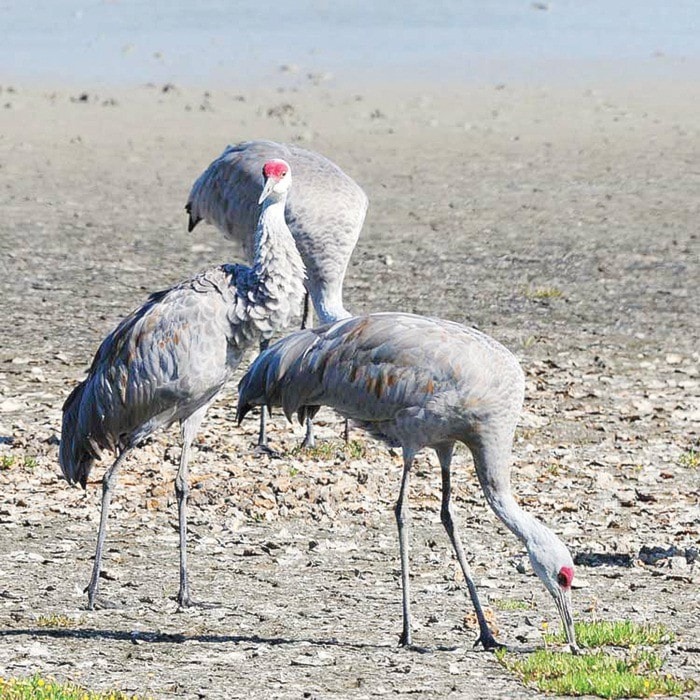They’re on the move again.
During the past few weeks thousands of birds have started their fall migration, and for many this will be a lengthy undertaking.
A unique phenomenon, the subject of migration is very complex with new information constantly coming to light through scientific studies. The reasons that birds choose to migrate centers around their need to find a safe place to breed and plentiful food once the young have hatched.
Extended daylight hours in the Arctic produce an abundance of plant and insect life, which enables the young to rapidly build up fat reserves needed to fly south to their winter feeding grounds.
Flying formations also help the birds conserve energy, with the best known “V” formation allowing the trailing birds to be pulled along in the slip stream, and the lead bird dropping back when it gets tired.
Due to the vast distances covered during migration most birds will break their trip stopping over at chosen feeding stations. Some birds like the Ana’s hummingbird double their weight before they migrate and fly nonstop across the Gulf of Mexico, and no they don’t hitch a ride on a Canada goose! The eastern side of Vancouver Island is one of the stop over sites, and each year flocks of birds can be seen in our estuaries and along the shorelines.
How do these birds know where to go and how to get to their winter destination with no maps?
In fact, they actually have their own version of a map and compass, and it has been proven that birds use the sun, moon and stars as a guide together with landmark recognition to track their route.
They are sensitive to barometric pressure and magnetic fields and use this information to avoid heading into a major storm.
It is also thought that they use their sense of smell and hearing to detect the sea and shorelines if they cannot locate them visually.
It is critical that migratory birds are left undisturbed to feed at their pit stops. Dogs running along the shorelines create a disturbance for water birds, so please keep them on a leash.
Very soon our eastern shores will be teaming with hundreds of species of birds; some pass through, while others are permanent winter visitors.
Two species that provide many hours of winter bird watching are the trumpeter swans and the bald eagles. This is also the time to look out for unusual species that have been blown off course.
The prediction of El Nina winter weather patterns does not bode well for our wildlife. Many juveniles experience difficulties during their first winter and the timid, less aggressive birds with poor hunting skills will often starve to death.
We have already treated many starving eagles this year. Please be aware of any wildlife that appears to be weak or injured, and call before attempting to intervene. To report injured wildlife please call 1-800-304-9968 or visit our website at www.wingtips.org. Check out the eagle updates Shredders Revenge.
